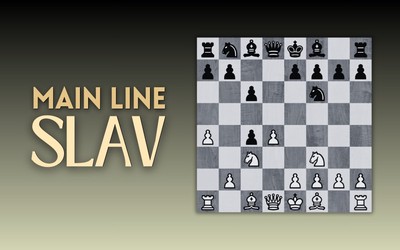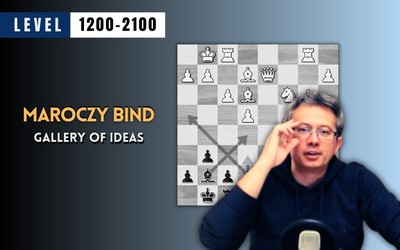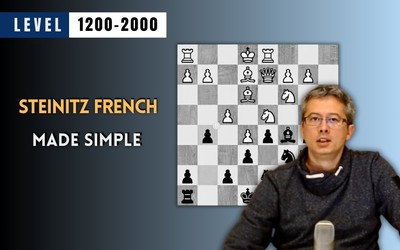
An interesting idea in the KIA French Defense
Intro to the game: Gabor Pinter vs Aleksandar Kekenj, Litochoro (GRE) 1999.It was more of a guess, driven by curiosity. Or, to put it simply, I wanted to avoid the usual theory and dive into a raw, hands-on battle.
The game took place in the European Youth Chess Championship in 1999, held in Litochoro, Greece, in a competition for boys under 16 years old. My opponent was a Hungarian FIDE master with a FIDE rating of 2332 points (my rating was 2236). While facing such a challenging opponent might typically evoke intimidation, as you'll witness in this game, I certainly didn't play with the intention of settling for a draw.
I found out that my opponent plays this early 2. Qe2 against the French defense (which was my main weapon back then against 1. e4). Instead of delving into another typical King's Indian Attack variation of the French, I opted to take a detour and enjoy a leisurely stroll in the woods. Primarily, my intention was to surprise my opponent with the move 2... e5! (1. e4 e6 2. Qe2 e5!).
This idea spontaneously occurred to me while I was relaxing. However, when the game started, my opponent played 2. d3 instead, and only after 2...d5 did 3. Qe2 follow. So, my plan didn't work in this case.
Nevertheless, I persisted in contemplating the same approach: how to deviate from the typical King's Indian Attack setup and pursue a more active strategy, particularly on the kingside. Most importantly, I sought ways to exploit the seemingly unorthodox move Qe2.
So, I started with 3...Nf6, which is fine. But after 4. Nf3, I needed to quickly deviate from the main road, cause in case of c5, and g3, it is getting almost impossible to avoid being passive on the kingside. So, I played 4... Bc5!?
My intention was to provoke d3-d4, as although it gains tempo, their Queen is poorly positioned for the typical French defense pawn structure in the center. Additionally, their strongest minor piece - the light-square bishop - is buried behind the Queen. Furthermore, the pawn on d4 would require their Queen's support from behind. Considering my opponent's typical avoidance of the French structure, the consequences of this move would be unfamiliar to them. So, I thought - these are already good reasons for such a move.
I anticipated 5. e5, and after 5...Nfd7, my plan was to strike with the typical French f6 (after 6. g3), open the f-file, and use my c5-bishop to put pressure on f2-pawn. I was thinking that this will surely provoke White to advance d4, after which the whole Qe2 and g3, Bg2 setup didn't seem effective.
However, it wasn't so straightforward, particularly after 7. d4 Bb6 and 8. Bh3!, as White began to exploit the weakness on e6. If Black plays 8...f5, a significant problem arises, other then only positional. (Can you spot the winning move for White in that scenario?)
Although Black is perfectly fine in that position, an excellent move is required. The reason I dedicated a video to this game is precisely because of the next move I played in this position. You can try to find it yourself, or you can watch the video where I reveal the solution to both of the mentioned challenges.
I hope this inspires you to approach the board (and pieces) with a sense of freshness, rather than just following the well-known paths. Openings are fascinating because they're filled with potential, and even though you may anticipate what's coming next, it's essential to think for yourself.
More blog posts by mizant83

Exploring Winawer French: 4...b6 sideline
Intro to the rare Winawer French line from Black's perspective.
Main Line Slav Defense (Dutch variation)
Quick guide to the main line of the Slav defense! (video)
Maroczy Bind - Gallery of Ideas
How to understand Maroczy Bind pawn formation?
